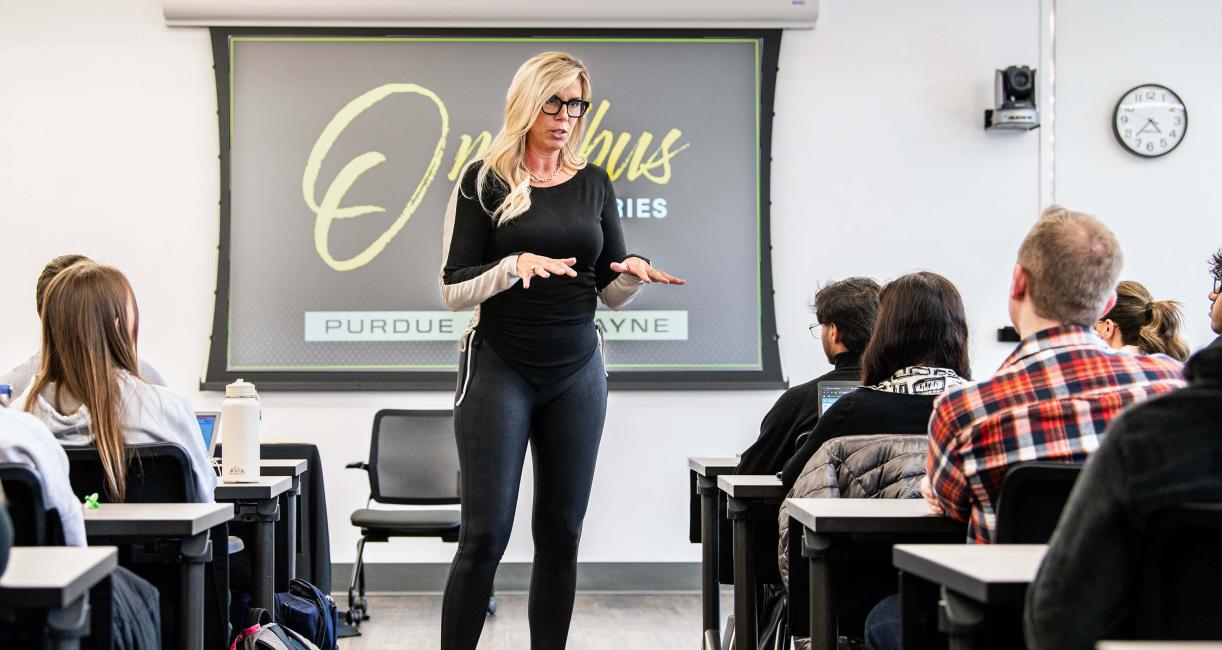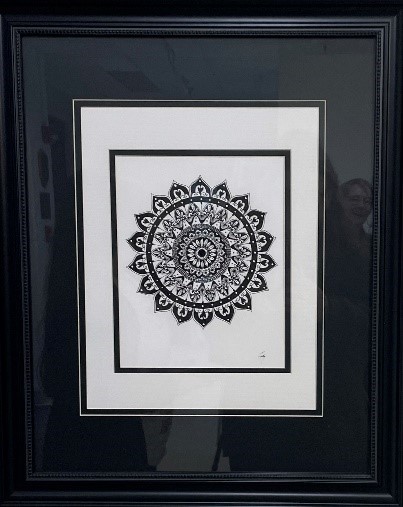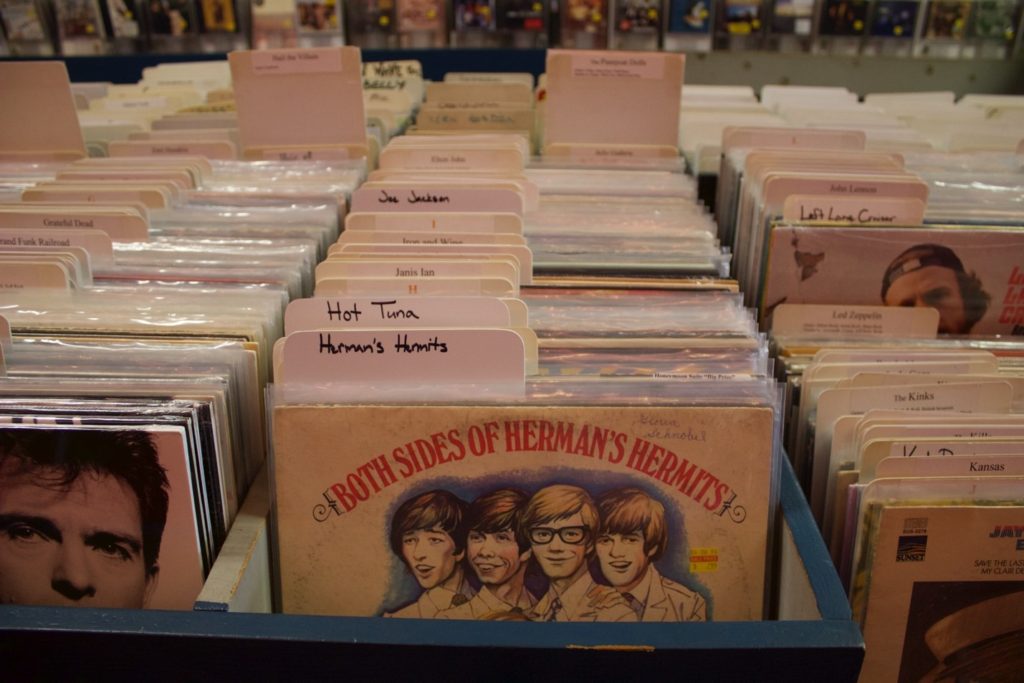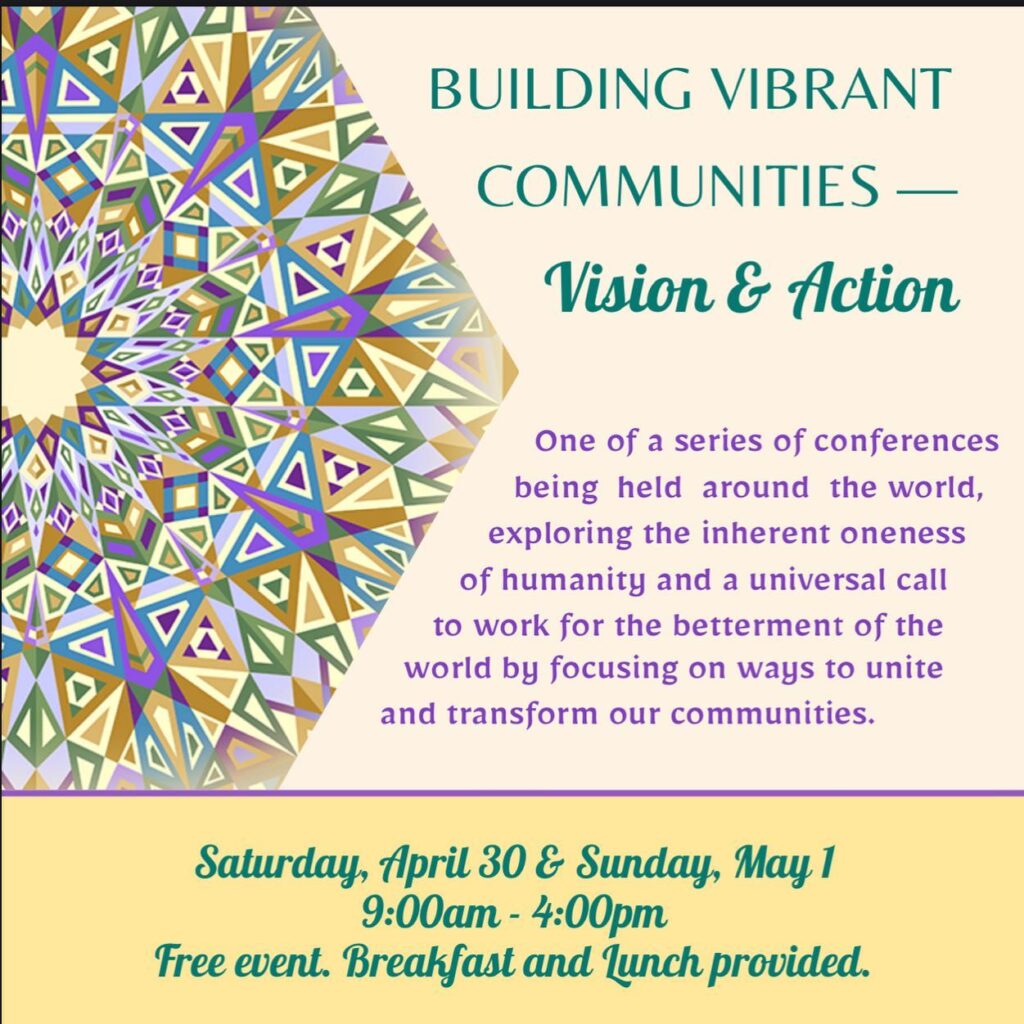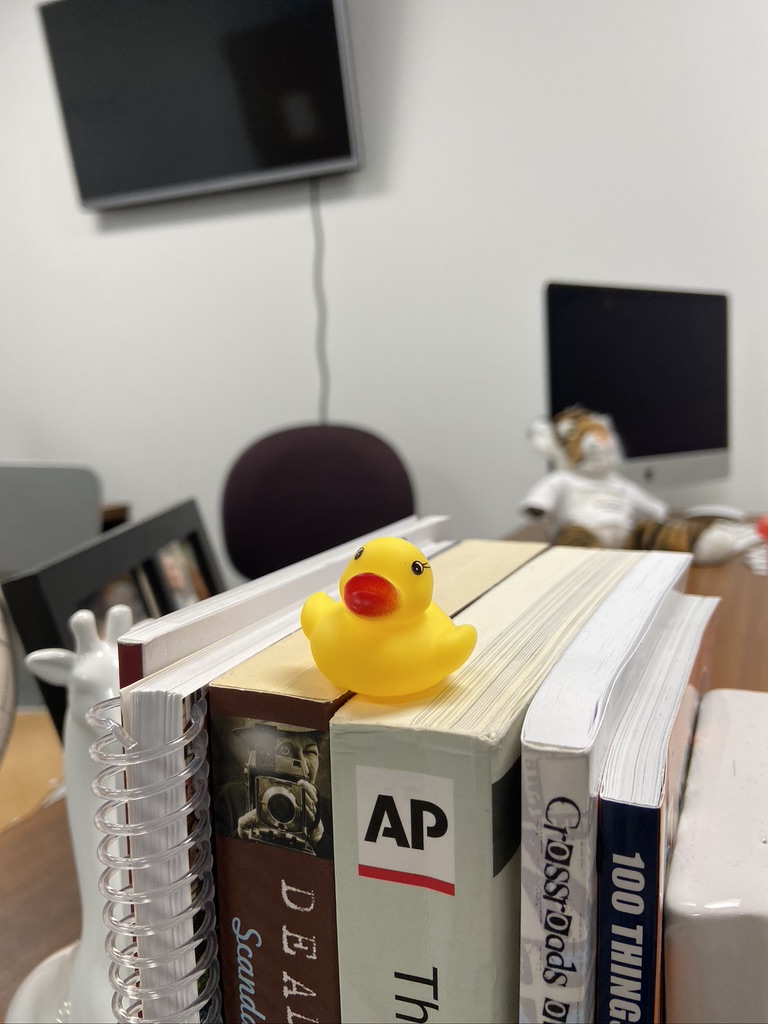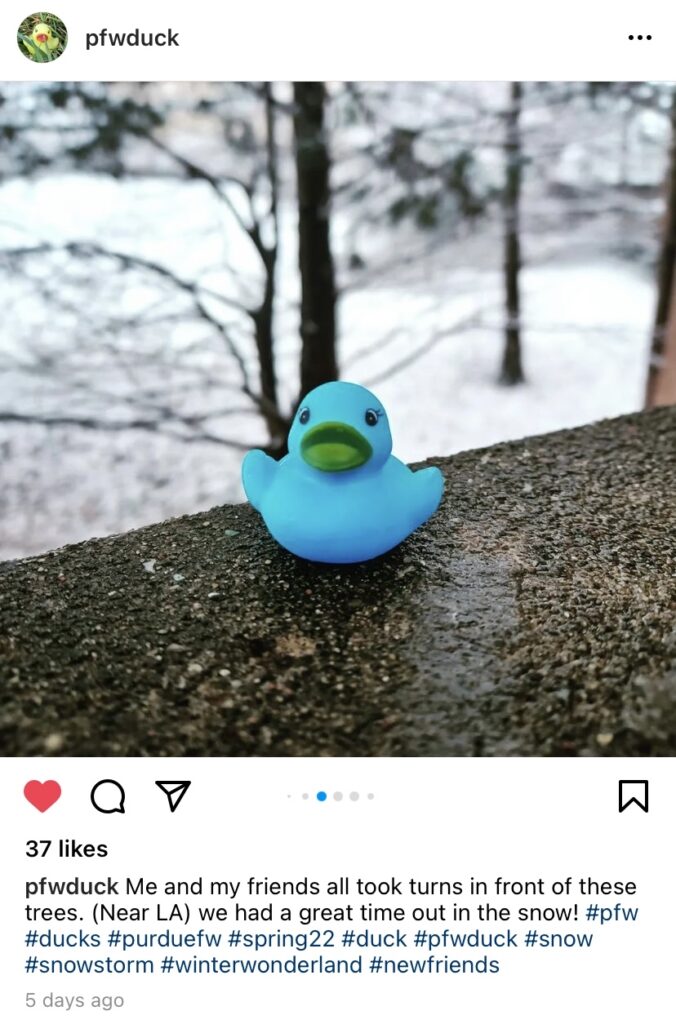Abby Gehlhausen
Imagine walking downtown in a mid-sized city, seeing countless murals and art installations. Flyers on the windows of local businesses advertise local artists and bands. Then, you wander upon a performing arts theater for the Philharmonic, and you decide to sit in for the performance; the chandeliers, the red velvet, the wine.
That’s what it feels like to be in Fort Wayne, Indiana. If you seek it out, a whole world of arts and music exists in this city.
From the Embassy Theater to public art, the Fort Wayne Museum of Art, local artists, The Civic Theater, and Sweetwater Sound, there is something to fit everyone’s interests.
Art and music are important because it allows us to express ourselves and create something we are proud of. In return, it often boosts people’s confidence, gives people purpose, and can even help us learn about different cultures.
Maddie Mory, a music student at Purdue Fort Wayne, says that as a music educator, music is powerful and even increases our critical thinking skills.
“Studying music has allowed me to be constantly challenged while gaining an appreciation for past cultures and composers’ work,” Mory said.
Art aids in forming many developmental skills, builds math concepts and allows for social experiences with others, starting in childhood.
According to the American Psychological Association, “…high schoolers who take music courses score significantly better on exams in certain other subjects, including math and science, than their nonmusical peers.”
With the benefits of the arts in mind, here is a bit of what Fort Wayne has to offer.
For those passionate about music, Sweetwater Sound is a great place to start. As the country’s largest music retailer, they offer products and services for any aspiring musician, such as music lessons.
“Sweetwater has equipped me with the tools and knowledge to pursue my dreams,” said Aidan Bahre, a long-term customer from Fort Wayne. “When you walk in, it’s like Disney World.”
Sweetwater was founded in 1979 by Chuck Surack as a recording studio and has since reached 1 billion dollars in revenue. Many say Sweetwater’s motto sets the company apart from the rest: “Always do the right thing.”
If you prefer to listen to music, the Philharmonic at the Embassy Theater, the Clyde Theater, and a variety of local bands will be your go-to spots to visit.
According to Emily Shannon, the director of marketing and community relations for the Fort Wayne Philharmonic, they have been focused on providing musical experiences to the Fort Wayne community and inspiring musicians since their first performance in 1944.
“We love to host events focusing on famous composers, help our youth orchestra flourish, invite the public out for holiday performances, and offer free tickets to students so that they may retain a passion for the musical arts,” Shannon said.
Fort Wayne has a large scene of local artists and bands. Some of the up-and-coming bands are a part of Purdue Fort Wayne’s Gold Top Music Group, a new record label with the university.
The group hosted an Indie Music Night in May, where three bands performed: Los Galaxy, Man of the Flood, and Los Lemons.
Supporting the work of local artists is important because it allows us to connect with our local community and financially support their work.
Quentin Wright, a member of the local indie rock band Disco Curls, said his band recently performed at The Ruin and The Muse on Band, two local venues for performers.
“Playing in Disco Curls has let me grow creatively and musically,” Wright said. “I love getting to meet new people, build my relationship with my bandmates, and produce new music.”
If you are more interested in art, the public art map of downtown Fort Wayne will be your best friend.
There has been a huge push for making downtown more beautiful by painting old buildings and creating art installations in the past few years. You can even sign up for the Fort Wayne Public Art Trail, which provides exclusive information and maps right from your phone.
While you’re in the area, the Fort Wayne Museum of Art and the Arts United Center are fantastic places to check out.
The museum’s recent featured exhibits are ‘The Art of the Skateboard’ and ‘Color X Color: Selections from the Chuck Sperry Archive’. Arts United Center hosts a variety of events at many of the locations already mentioned. More recently, they started a podcast called “Art Unites Us” which currently has three episodes and is growing into a series.
Let’s not forget theater productions! Fort Wayne’s Civic Theater strives to nurture the creative soul, promote diversity, and educate the community. Upcoming productions include ‘Noises Off’, ‘Steel Magnolias’, and the ‘25 Annual Putnam County Spelling Bee’.
Michaela Mooney, a 2021 Carroll High School graduate who heavily participated in theater and show choir, said that she loves being able to be in productions past graduation.
“Theater and singing are a huge part of who I am, and I am grateful that I still have somewhere to call home.”


